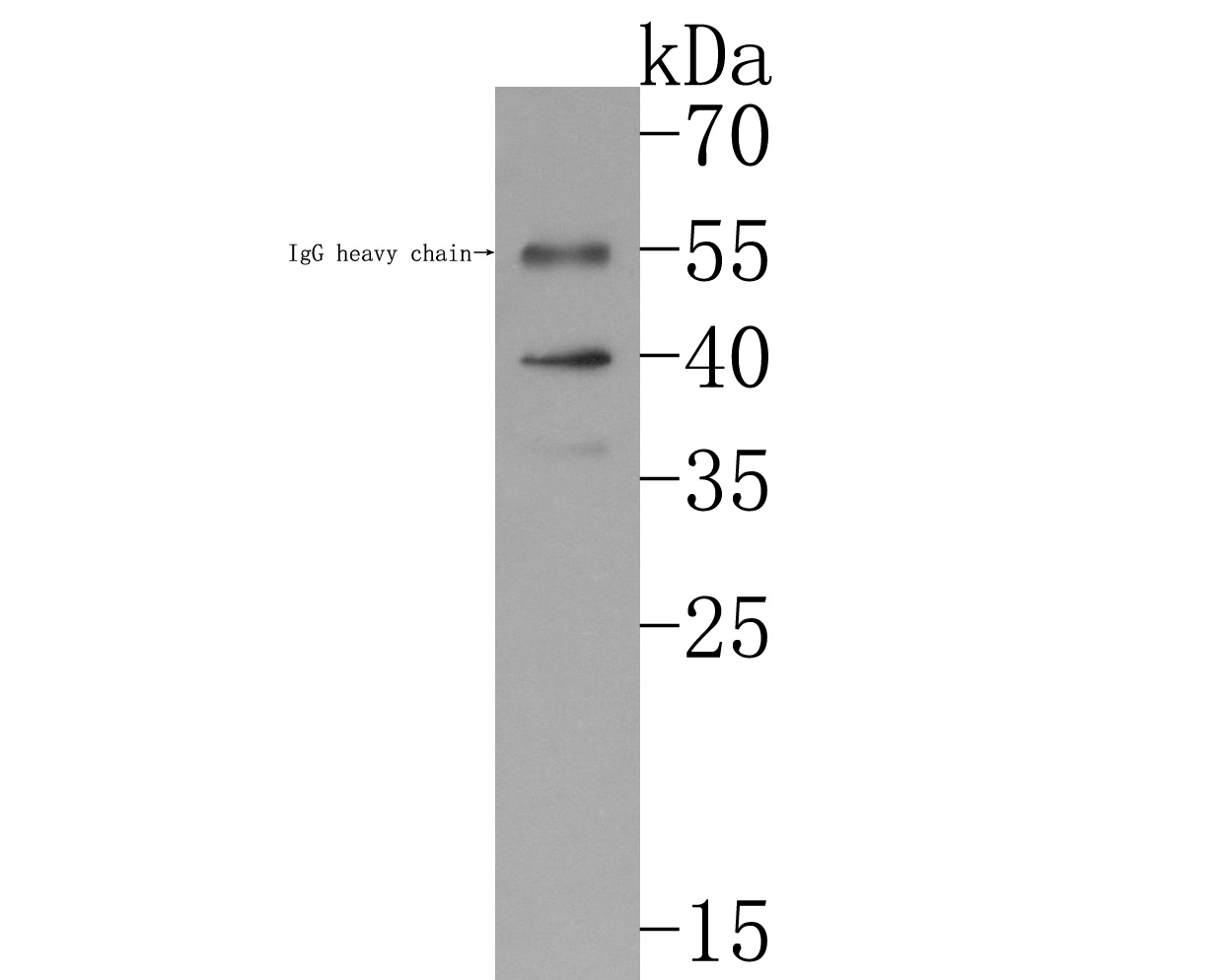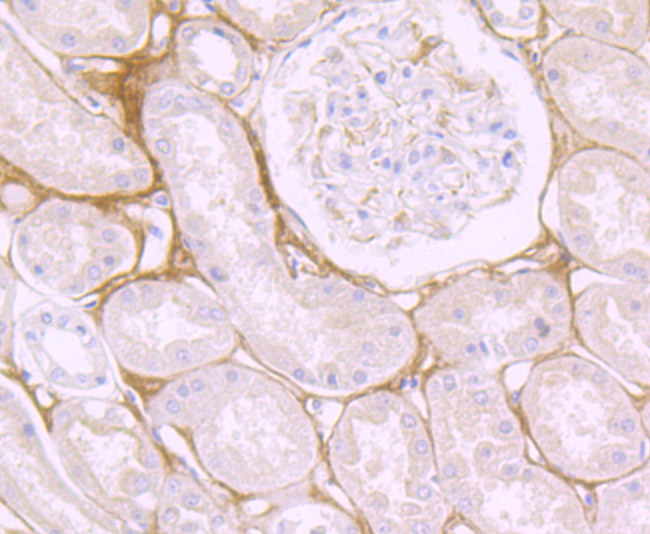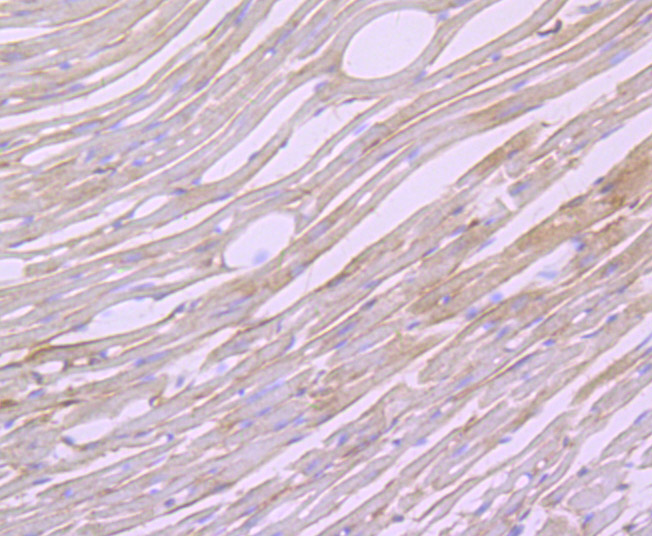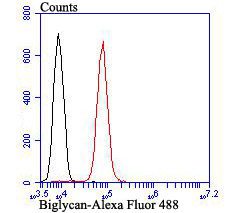
Rabbit Anti-Biglycan antibody
BGN; Biglycan proteoglycan; Bone/cartilage proteoglycan I; Dermatan sulphate proteoglycan I; DSPG1; PG S1; PG-S1; PGI; PGS1_HUMAN; SLRR1A; Small leucine rich protein 1A.
View History [Clear]
Details
Product Name Biglycan Chinese Name 骨/软骨蛋白多糖1Recombinant rabbit monoclonal anti Alias BGN; Biglycan proteoglycan; Bone/cartilage proteoglycan I; Dermatan sulphate proteoglycan I; DSPG1; PG S1; PG-S1; PGI; PGS1_HUMAN; SLRR1A; Small leucine rich protein 1A. Research Area Cell biology immunology Signal transduction Stem cells Cytoskeleton Extracellular matrix Immunogen Species Rabbit Clonality Monoclonal React Species (predicted: Human, Mouse, ) Applications WB=1:500-1000 IHC-P=1:100-500 (Paraffin sections need antigen repair)
not yet tested in other applications.
optimal dilutions/concentrations should be determined by the end user.Theoretical molecular weight 42kDa Form Liquid Concentration 1mg/ml immunogen Recombinant Human Biglycan Lsotype IgG Purification affinity purified by Protein A Buffer Solution 0.01M TBS(pH7.4) with 1% BSA, 0.03% Proclin300 and 50% Glycerol. Storage Shipped at 4℃. Store at -20 °C for one year. Avoid repeated freeze/thaw cycles. Attention This product as supplied is intended for research use only, not for use in human, therapeutic or diagnostic applications. PubMed PubMed Product Detail May be involved in collagen fiber assembly.
Function:
May be involved in collagen fiber assembly (By similarity).
Subunit:
Homodimer. Forms a ternary complex with MFAP2 and ELN
Subcellular Location:
Secreted, extracellular space, extracellular.
Tissue Specificity:
Found in several connective tissues, especially in articular cartilages.
Post-translational modifications:
The two attached glycosaminoglycan chains can be either chondroitin sulfate or dermatan sulfate (By similarity).
Similarity:
Belongs to the small leucine-rich proteoglycan (SLRP) family. SLRP class I subfamily. Contains 12 LRR (leucine-rich) repeats.
SWISS:
P21810
Gene ID:
633
Database links:Entrez Gene: 633 Human
Entrez Gene: 12111 Mouse
Omim: 301870 Human
SwissProt: P21810 Human
SwissProt: P28653 Mouse
Unigene: 821 Human
Unigene: 2608 Mouse
Unigene: 783 Rat
Product Picture
References (0)
No References
Bought notes(bought amounts latest0)
No one bought this product
User Comment(Total0User Comment Num)
- No comment






 +86 571 56623320
+86 571 56623320
 +86 18668110335
+86 18668110335

